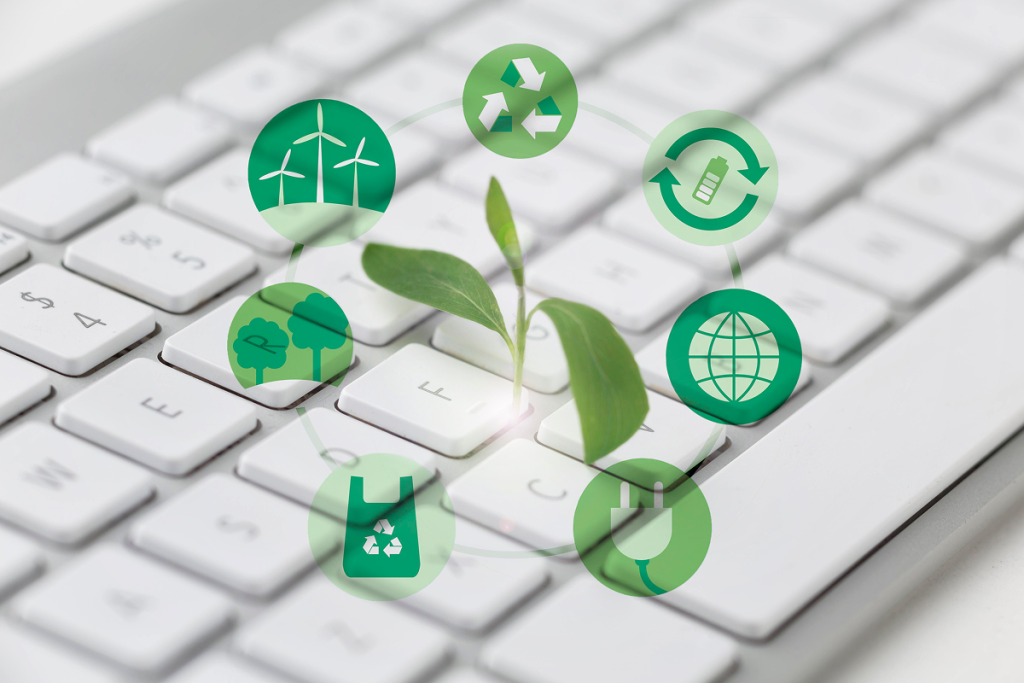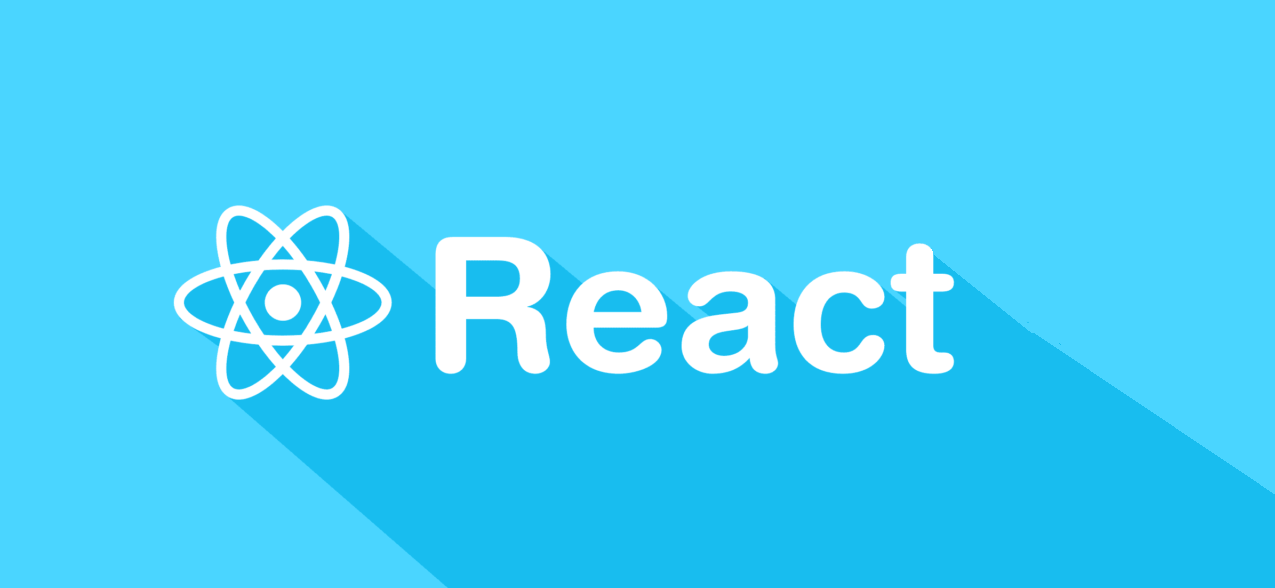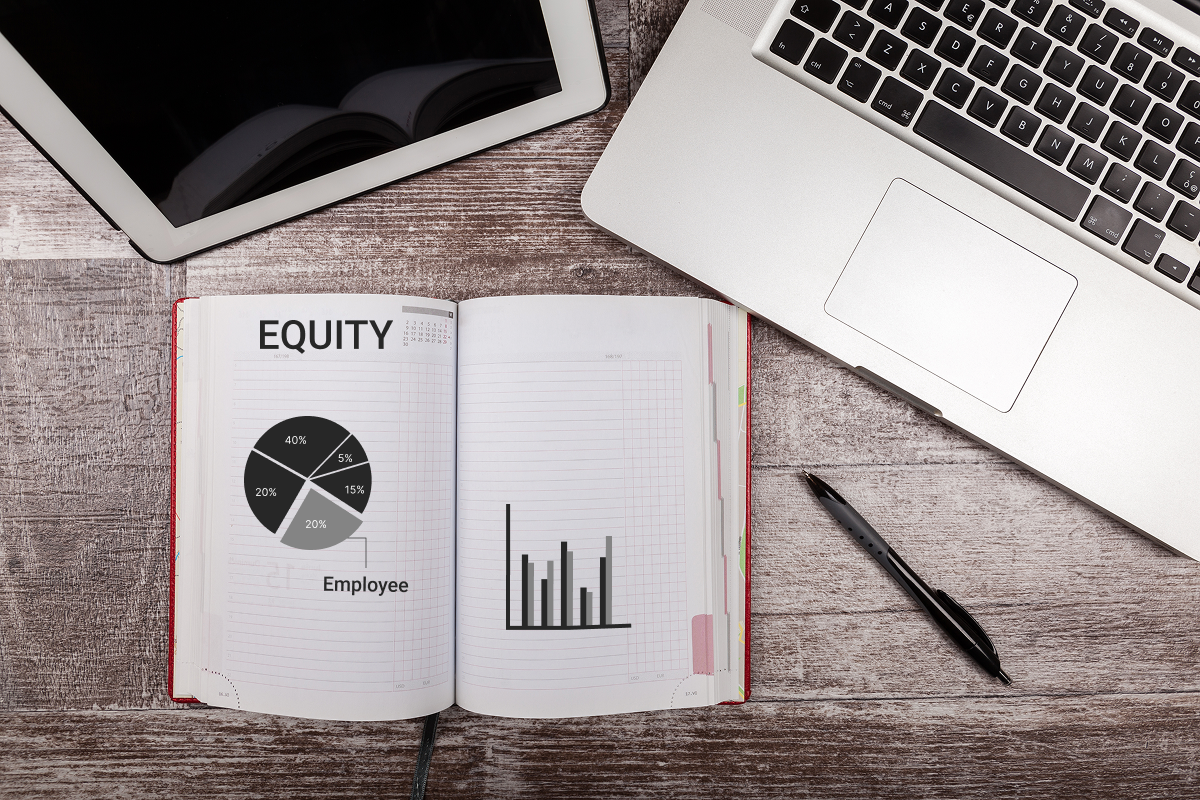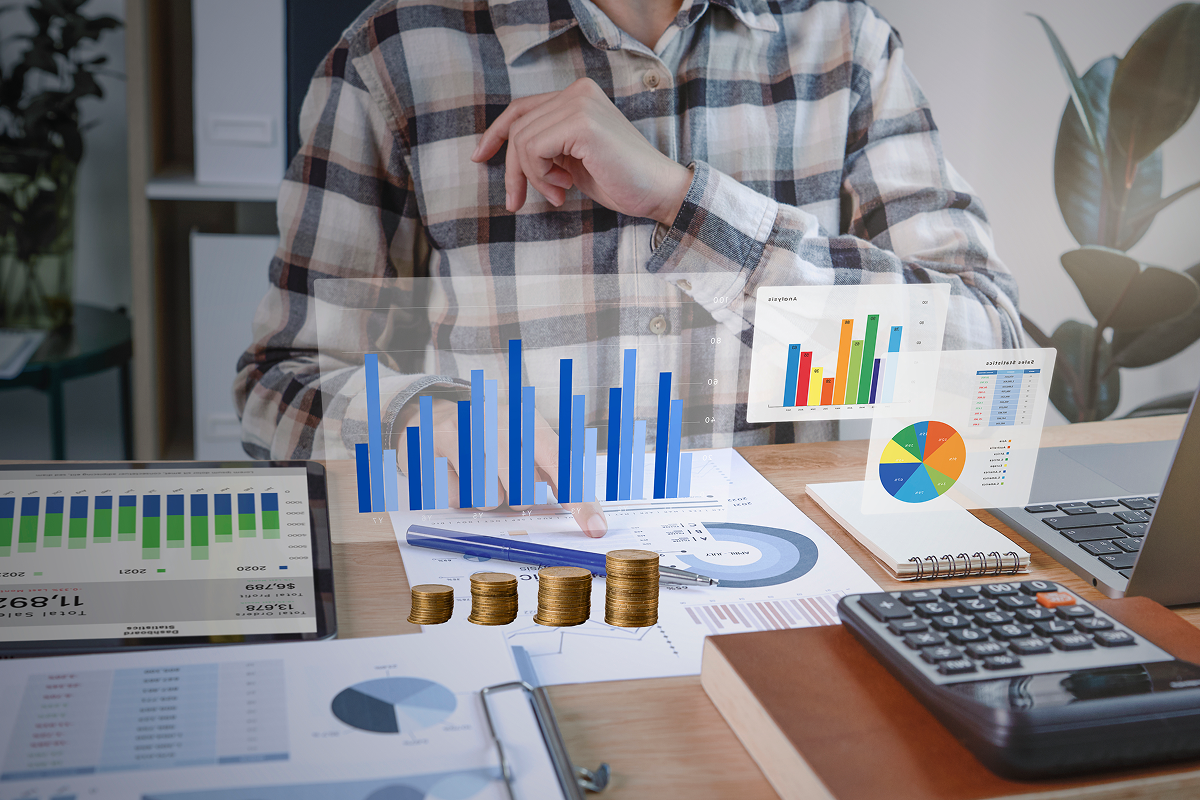Introduction: Why the Circular Economy Matters
According to the study, the current unsustainable production systems and consumption habits, which stem from the linear economic model, lead to environmental and social repercussions that cause irreversible damage. Circular economy, in turn, applies the Three R’s principle based on reuse, recycling, and regeneration aimed at fundamental changes in the traditional economy paradigm. Primary factors necessitating this transition include:
- Digital Transformation and Disruptive Innovations
- Increasing Demand for Renewable Energy
- Regulatory Pressure Caused by Geopolitical Shifts
- Corporate ESG Commitments
- Resource Scarcity
Circular economy trends further support the development of a transparent, sustainable, and equitable economic model that encompasses solutions for the latest challenges. It is also a driving force that reinforces financial incentives, especially green investments, necessary for supporting the growth of new startups developing circular business models, sustainable technologies, and scalable zero-waste services.
What Is the Circular Economy?
The concept of circular economy shares different definitions, which have evolved from industrial and project management contexts. However, by referring to circular economy trends, this framework can be viewed as multiple dimensions of sustainability action that mitigate crises in social, cultural, and political spheres. Scholars also support the perspective on circular economy as a crisis response model, citing its critical role in managing economic downturns in instances like COVID-19, the Russia-Ukraine crisis, and the ongoing regionalization of supply chains. In this regard, circular economy trends in 2025 embrace more complex issues that are not limited to waste reduction and recycling, but also reinforce systemic changes in production models.
Top Circular Economy Trends Shaping a Sustainable Future
The circular economy is also a process of developing and incorporating solutions aimed at supporting meaningful changes in the present and future. Sustainable development, which remains a basis for circular economy trends, gains political, technological, and social connotations, underscoring the framework’s role in revitalizing policy agendas and innovation strategies. From an entrepreneurial standpoint, understanding these trends is essential to identifying emerging market opportunities and building resilient businesses.
Policy Developments
While ESG significantly contributes to transparency and accountability in complying with sustainable policies, additional socio-political factors also play a critical role in shaping corporate sustainability strategies and shaping new trends in the circular economy. Policies, in turn, set the direction for further development of circular economy trends in 2025 and beyond. Major changes in legislative fields include, but are not limited to:
- Extended Producer Responsibility for Textiles. The regulation focuses on minimizing average textile consumption of 19kg per citizen, which can significantly reshape circular fashion economy trends in 2025.
- Corporate Sustainability Reporting Directive. This legislative act aims at increasing transparency by requiring companies to disclose environmental impacts, including circular economy-related risks and strategies.
- EU Circular Economy Act. A critical initiative that attempts to create market demand for secondary materials and establish a single market for waste, creating a solid foundation for circular economy e-commerce trends.
- Circular Economy Strategy in the UK. The recently published act is designed to support sectors like construction, textiles, and plastics by reducing waste and reusing materials.
- Climate and Nature Bill. Another important change that integrates new climate and ecological targets, reinforces circular economy trends in 2025.
- Great British Energy Act 2025. Great British Energy, a state-owned enterprise, will promote environmental sustainability and operational independence by investing in energy infrastructure.
- The US Circular Economy Coalition Advocacy. The US organization has successfully advanced comprehensive circular economic policies intended for reinforcing trends in the circular economy.
Emerging Technologies
Emerging technologies are expanding the traditional boundaries of the circular economy trends. These innovations increasingly intersect and set new business models and startup opportunities. In 2025, digitalization, advanced recycling, and remanufacturing technologies will set the pace for circular transformation.
- Artificial Intelligence and IoT. One of the fundamental technologies that fuel circular economy trends in 2025 is the rise of AI-powered solutions in addition to IoT technologies. Examples include the Internet of Waste (IoW), blockchain solutions, predictive analytics, and smart sorting systems.
- Waste-to-Resource and Advanced Recycling Solutions. Waste-to-energy solutions, waste-to-resource, and reverse vending machines comprise the new methods that improve the efficiency and scope of recycling. Embedding QR codes, RFID chips, barcodes, and sensors into recycling systems is set to transform circular economy e-commerce trends by enhancing product traceability, material recovery, and reverse logistics.
- Reuse, Repair, and Remanufacturing. Repair and maintenance services promote new standards for reusable packaging while promoting upcycling textile waste. The emergence of new solutions will strengthen circular fashion economy trends in 2025 and beyond.
- SaaS-based Solutions. These emerging technologies play a critical enabling role by providing scalable, data-driven platforms that support circular practices across industries. SaaS solutions comprise the digital backbone of many emerging circular economy e-commerce trends.
Sustainable Materials
Circular economy trends in 2025 focus on developing new effective alternatives to resolve resource scarcity issues, minimize fossil fuels consumption, and achieve a balance between sustainability and manufacturing efficiency. Primary trends emphasize an increasing role of bio-based materials and biomass sources in substituting traditional raw materials, especially petroleum products.
- Bio-based Materials. These raw materials reduce reliance on fossil fuels and enable biodegradability or closed-loop use. They include bioplastics, recycled food waste, fungi, and agricultural waste.
- Biomass Sources. These sustainable materials have a foundational role in bio-based manufacturing, serving to generate renewable materials or energy.
- Recycled and Reclaimed Materials. As a basis of established circular economy trends, these materials are essential in keeping waste in productive use.
- Sustainable Polymers and Composites. These materials are designed for durability, recyclability, or biodegradability. Biodegradable polymers, modular composites, and dynamic covalent polymers are common examples of these innovative materials.
Leading Circular Economy Startup Trends
Emerging and established startups are key drivers of innovation, actively shaping new standards and services that support global sustainability goals. This article highlights startups leading circular economy e-commerce trends, as well as scalable solutions transforming various industries. In 2025, the landscape is especially dynamic, with early-stage and niche markets offering significant growth opportunities for forward-thinking entrepreneurs.
- Circular SaaS and Traceability Platforms. As one of the popular and established markets, these platforms enable circular operations, tracking, compliance, and transparency with the latest technological solutions.
- Packaging and Reusable Systems. It is reasonable to expect new startups that offer solutions to reduce single-use packaging through reusables, refills, or compostables.
- Recommerce and Product Lifecycle Extension. Startups offer innovative services to extend product life through resale, repair, refurbishment, or rental. Such solutions make popular products more accessible and affordable.
- Circular Energy and Battery Innovation. Startups from this niche focus on second-life batteries, component recovery, and circular design in renewable energy systems.
- Mobility and Transportation. This startup trend offers innovative ideas in EV reuse, shared mobility, and material recovery from vehicles.
- Waste-to-Value and Resource Recovery. Businesses develop solutions to convert waste into new products, materials, or energy sources. It is a crucial market in revitalizing stale food waste solutions.
Concluding Thoughts: The Future of the Circular Economy in 2025 and Beyond
The featured trends in 2025 outline a path that bridges different spheres, industries, and complex problems. Moreover, the innovative solutions based on this framework push the boundaries of the sustainable development concept by offering new value for a consumerist society. Business founders and investors should consider the next major transformative tendencies:
- Regionalization of the circular economy will continue due to geopolitics.
- Role and demand for sustainable raw materials will increase due to resource scarcity.
- Policies will continue to disrupt the global supply chain.
- Sustainable development will prompt new cost-effective and accessible solutions.
- Investing in a circular economy will provide value and benefits beyond economic economic returns.
Based on the recent changes in the legislative field and new innovations, it is possible to observe support for circular economy trends. Thus, companies should prioritize and focus on the changes in this topic to make informed strategic decisions in an evolving sustainability landscape.
Frequently Asked Questions (FAQ)
Q: What is the difference between current and lasting circular economy trends?
A: Current trends strive to embrace a proactive approach to the current crises, policy changes, and technological disruptions compared to traditional ones.
Q: What are leading circular economy trends for 2025 that are worth attention?
A: Circular SaaS, product passports, bio-based materials, AI-driven waste sorting, and second-life battery platforms are trends that deserve exploration.
Q: Will trends in the circular economy transform in the observable future?
A: Yes, trends in the circular economy will continue to transform as governments and economies will experience tremendous transformations.





